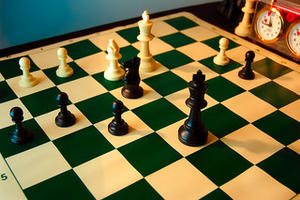Brain-Training Exercises You Can Do Online
When you’re at work, you likely only utilize certain parts of your brain. Accountants utilize the mathematical side, artists use the creative side, and whichever part you don’t use as frequently may become sluggish and underutilized. If you want to maintain full brain function, the fun activities on these websites will help you stay as sharp as a tack.
Games for the Brain
This simply designed website features a variety of brain-training exercises for every type of thinking. NumberHunt improves your basic math skills, Colored Lines uses logic and special reasoning, and Memocoly improves your memory by asking you to remember a series of colors in the order in which they appear on the screen. Games for the Brain even allows you to rack up points to monitor your improvement over time.
Lumosity
You’ve likely heard of the Lumosity website, but it’s worth the hype. This attractive site allows you to create a profile and build a personalized training program, specifying the areas of the brain you want to work on. It incorporates memory, speed, problem solving, attention, and flexibility into its simple games and tests, and it tracks your improvement in each area along the way.
Category: Miscellaneous Tags: Culture, Games, Health, Wellness







 Equal Housing Opportunity
Equal Housing Opportunity